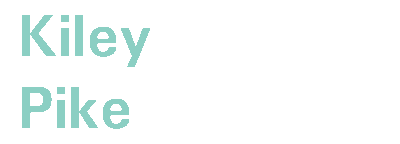Distanced: Coronavirus Chronicles

In March of 2020, the dawn of the COVID-19 era began in Virginia.
The swiftness and seeming suddenness of its onset and our shifting perceptions about the threat it posed were remarkable.
I had been invited to two weddings that month, the first of which was about seven days into March and not a particularly small affair. Not once do I recollect wondering whether it would be cancelled, and while I do remember some slight degree of nervousness about attending both the ceremony and reception, any concerns were minor and I really had a lovely time that late afternoon and evening, though the chill in the air was a strong reminder that spring had not yet arrived. Apart from holiday family gatherings, that was the first significant social event I had attended in months, and in a more normal year, I probably would’ve looked back on it as the beginning of the reblossoming of the active season of events we normally enjoy in Hampton Roads from spring through the fall.
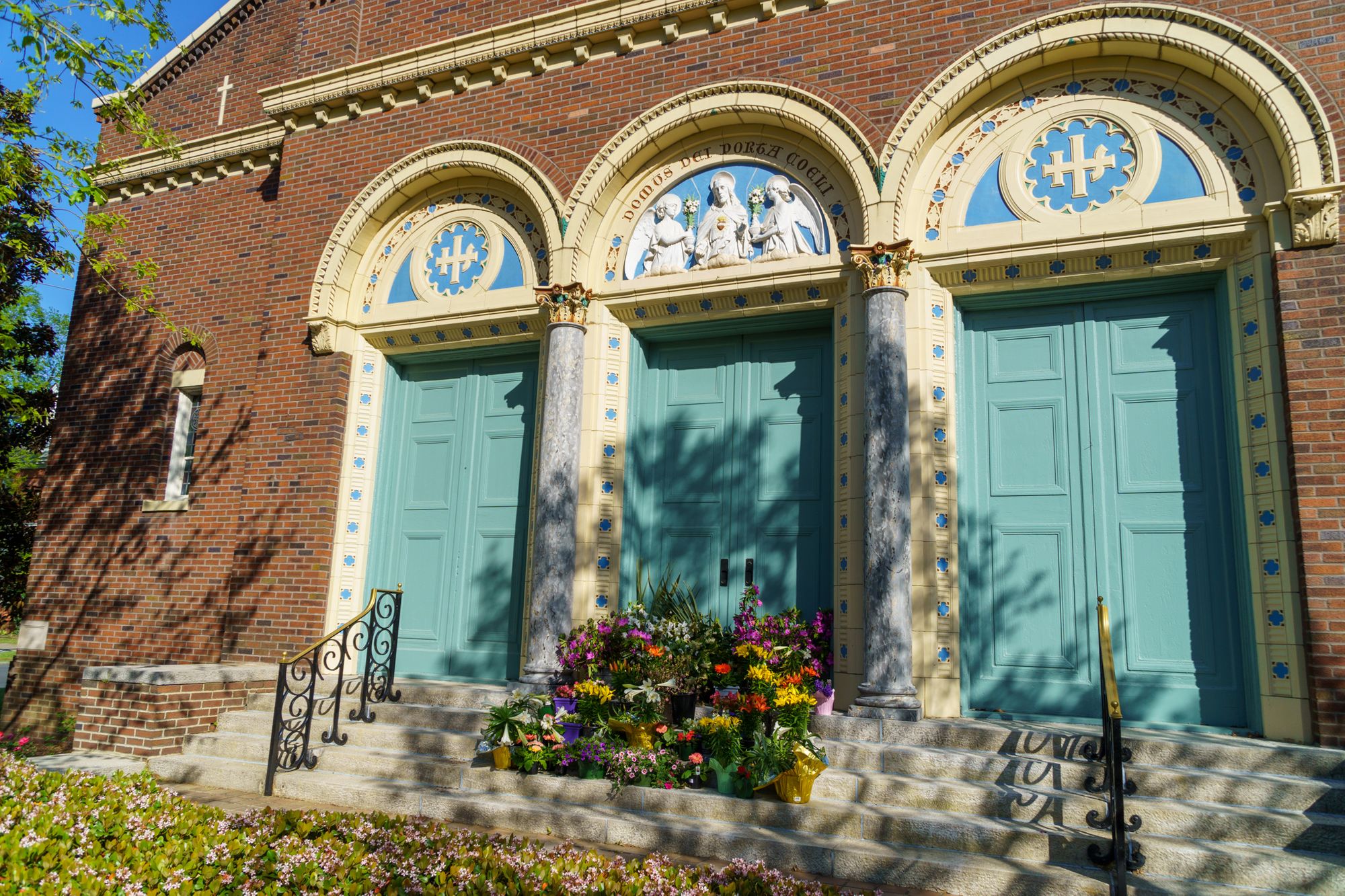
By the following week, when the next wedding was scheduled, it was remarkable how my perception had shifted. By that point, there was considerably more concern and nervousness on my part, though it was still not extreme.
When I arrived at the wedding venue — a private upstairs room at an oceanfront restaurant — I was stunned by the number of diners downstairs (unrelated to the wedding). The place was packed, and while it perhaps felt that maybe that shouldn’t be so, by no means did it spark the outright panic that it likely would’ve had I seen that just a few months later in the topsy-turvy year that was 2020.

But arriving upstairs to the wedding venue, there was an enormous bottle of hand sanitizer at the hostess station, of which I availed myself. I had assumed that the venue had provided it, but I later learned the father of the bride had secured it and placed it there, given COVID concerns.

Remember, though, that hand sanitizer was in short supply then, as it was the focus of much of the COVID prevention efforts, such as they existed. No one was really being encouraged to wear masks then. In fact, even some health authorities discouraged the general public from wearing masks, not wanting to divert even non-medical grade gear away from hospitals and health providers, who were already facing a shortage, or projected shortage, of PPE in some regions.


So, at the wedding, most who arrived appeared to avail themselves of a good spritz of hand sanitizer, and I think everyone felt that that — and elbow-bumping (remember when that was new?) rather than hugging — was about the extent of precautions one could reasonably take at that time. Certainly, there was not a mask in sight, and there was no sense on my part that that was greatly concerning.
As ingrained as keeping six feet apart later became, it’s also remarkable to think back and consider that although hugging was being discouraged by health authorities, the messaging about maintaining six feet of distance had not yet been seriously established, so the placement of chairs was what one would’ve anticipated in the Before Times. (It’s noteworthy to me that, now, memories about such a simple element of an event can be used as a mile-marker to help establish when various activities began being handled quite differently than they once were.)

In any case, the reception was at a brewery not that far away, and my uncle — the father of the bride — dutifully relocated his enormous bottle of hand sanitizer to that venue, and I used it just before I went through the buffet line a couple of times and felt I’d done all I practically could to be safe, save for (mostly) continuing to avoid hugs.
Now, the wedding was on a Saturday of the weekend that anyone who was going to celebrate St. Patrick’s day was going to party. As my parents and I left the Virginia Beach oceanfront area, I remember expressing surprise at how many people were out and about, partying perhaps as usual, in spite of what I would consider the looming coronavirus crisis. It somehow seemed ill-advised in a way that a wedding, pre-planned so carefully, did not.

Of course, as it would turn out, Virginia’s governor would soon speak strongly against those who partied and gathered in close quarters for St. Patrick’s Day, and I began to see voices on social media speak angrily about those gatherings, as well. I think I’m correct in saying that the first executive orders in Virginia restricting gatherings and operation of certain types of businesses followed very soon after.
That, then, was perhaps the first serious indicator of how life would really be different in 2020.

Still, there had been foretastes in Europe, and then New York, of what was to come. And while one knew in one’s heart that those were likely crystal balls for the rest of the country and one felt a sense of impending doom, as if one could see a storm from across the ocean moving toward you, I would say it all became much more palpable when, in the wake of the imposition of coronavirus restrictions, it became apparent that the absence of people in places that would normally have them — restaurants, bars, churches, and the like — was not simply reflective of a city that, unlike the daffodils and other harbingers of light and warmth to come, had yet to reawaken from a winter’s slumber, but instead that it was much more than that, and there were many more changes to come.
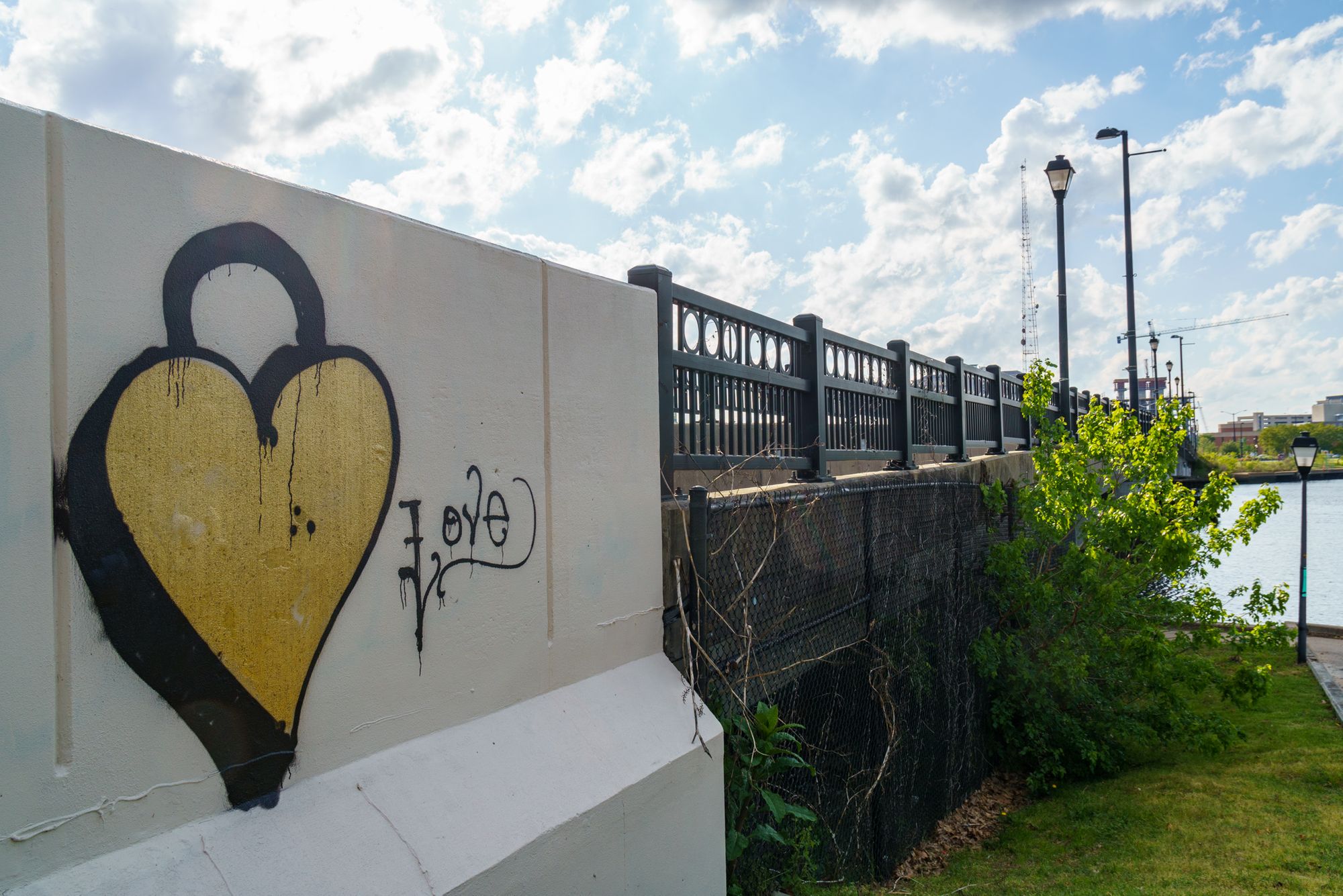
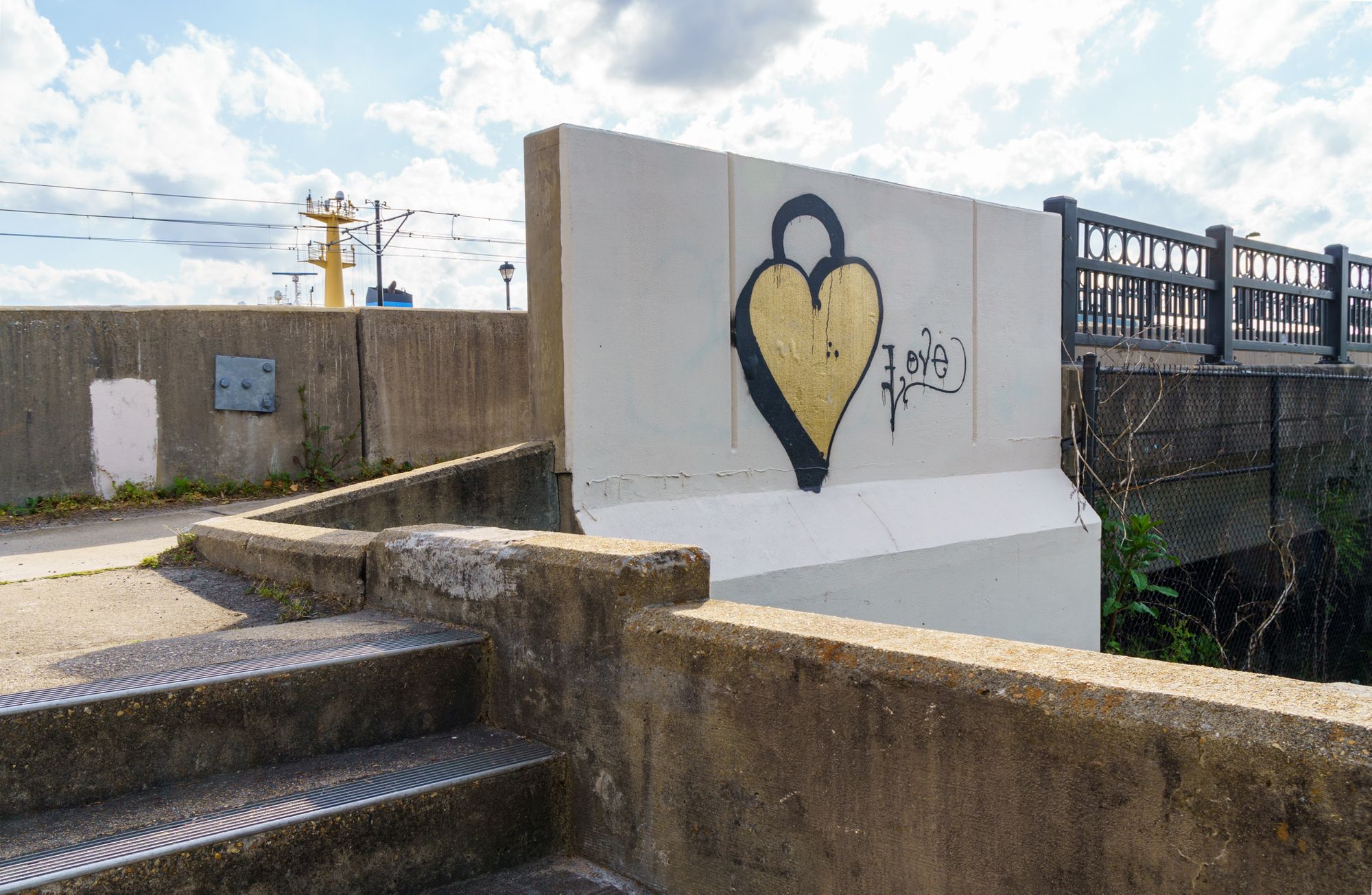

Of course, it was not a time when hand sanitizer was the only thing in short supply: toilet paper was, as well, and some grocery items began to become scarce on shelves as many hunkered down at home. Masks, too, were in short supply, and sewing groups and clubs and those who were generally handy were making homemade versions (without much initial guidance as to what type of construction and material might be more effective, as little study had been done about homemade masks) to gift to healthcare professionals. Certainly, this was before every clothing company in existence was making masks, and before some companies in completely unrelated industries shifted operations to begin making them. This may even have been before some distilleries began producing hand sanitizer to try to ease the shortage of that previously underappreciated commodity.
Remember, too, that this would’ve been the time when ventilators were constantly in the news, over fears of a shortage of the machines. There was a scramble to try to rapidly boost production of them, and amongst many others, Ford and GM played roles in supply chain consultation and production, and, in Europe, Dyson designed a model that was intended to be easily and quickly produced (relatively speaking). There were also plans for field hospitals, some of which, sadly, needed to be set up, while others — such as in VA — thankfully did not (and that has continued to be true).

Having now done a bit of research to look back at the facts, it appears that Virginia’s State Health Commissioner declared on February 7, 2020, that COVID-19 was a public health threat, and Gov. Northam declared a state of emergency related thereto on March 12, but it was really March 17, 2020, that life dramatically changed, as that was the date restaurants, fitness centers, and theater were mandated to either close or reduce capacity to 10 customers, though carry-out and takeaway options were still permitted. Of course, at that point, many restaurants shut down altogether as they contemplated what to do, reconsidered menus in the context of offering takeout-only, and attempted to swiftly acquire large quantities of suitable takeout containers — which eventually grew to be in such demand that supplies were short and prices climbed.

At that time in the crisis, I was pretty constantly amazed by the resiliency shown by many restaurants as they were faced with the necessity of reinventing key aspects of their business in response to a series of directives driven out of concern for public health. I was also impressed by businesses that closed before they had to because they felt as if that was the right and moral step to take for the safety of their staff and the public. The same could be said of those businesses who, even today, have either not reopened (but intend to) or continue on with a more limited set of operations that they feel are safer for staff and the public. Of course, I understand that not everyone had or has the financial wherewithal to support that approach, especially given that the public health emergency that sparked this was one whose duration was at one time thought to perhaps be more limited than reality has shown to be so (which certainly is attributable in part to failures by the Trump administration at the national level, as well as the failure of many members of the public to make smaller sacrifices for shorter periods of time to prevent larger sacrifices that would be more enduring).

As I write this in late January of 2021, in the coldest time of the year, I must say that the isolation has become a bit much to bear at times. Although I am fortunate that I’ve been allowed to work from home full-time since all of this began, that has also meant — in the context of other concerns and restrictions — being at home almost full-time. Certainly, I’ve chosen to be careful, not only for myself, but also for the well-being of my parents.
Since I’m not a gym- or church-goer anyway, I never had the risk of exposure those indoor activities would’ve brought, but I also haven’t had a professional haircut since February (maybe even late January) of 2020. Likewise, as mentioned earlier, I’ve not dined indoors in a public or semi-public setting since the two weddings I attended in March of 2020. And inasmuch as dining out, for me, was not only about the food, but also about getting out of the house and chatting with staff — and customers, too, if it was a convivial kind of place — that is one of the more difficult and frequently-encountered realities of the coronavirus concerns of the present age.


While indoor dining exists as an option in Hampton Roads at present, I’ve had my doubts about the safety of it, and not because restaurants aren’t following the rules established, but because I question the adequacy of those rules and that guidance in the first place, particularly as now — in January of 2021 — the more contagious variants of the virus are becoming more common.
(As I edit this in late February 2021, I will say that this is a fantastic article, and I wish that public health departments were furnishing to businesses guidance focused around more sophisticated data, such as that outlined in Virginia Tech scientist thinks measuring CO2 is key to safely reopening schools, businesses. My suspicion is that some businesses — perhaps with relatively minor adjustments to physical facilities — could safely accommodate more people indoors than restrictions have sometimes permitted, while others may currently be allowed too many, since none of the current regulations really reflect actual, ongoing measurements of air quality in a given establishment, nor any assessment of the ventilation systems.)
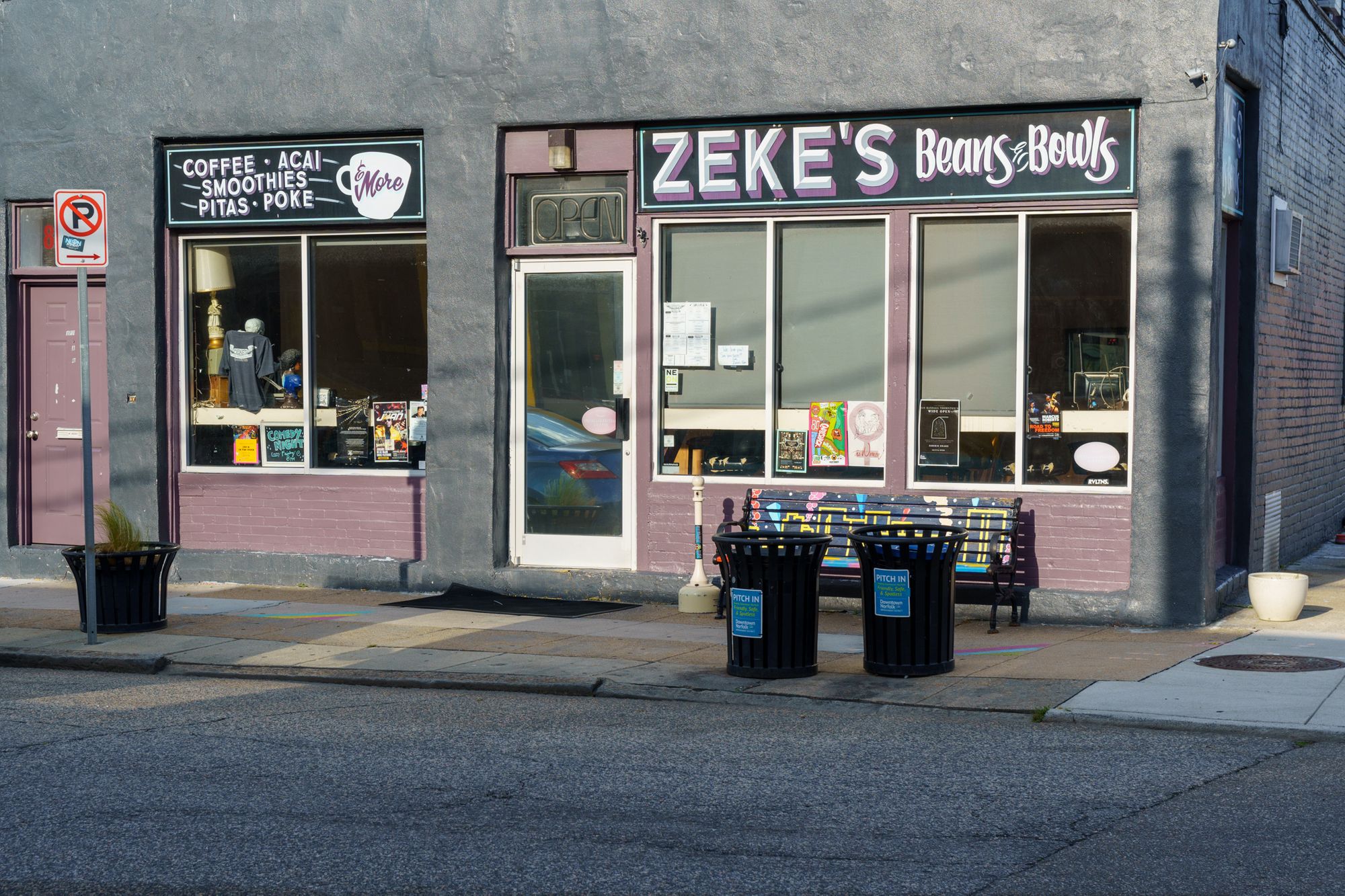
Though I’ve never been especially keen on takeout (I mean, if I’m paying the same price for the food, my predilection is to have the whole experience: change my scenery, interact with staff, see other customers), when restaurants first pivoted to takeout-only, initially, I rushed to continue to patronize a few places in my frequent-flyer group, as I was keenly aware of how difficult it must be for them. One might have thought, then, that when outdoor dining was allowed and favorable weather arrived, I’d hop on it immediately, but feeling a sense of wariness, I didn’t. However, as the warmer weeks and months carried on and it began to dawn on me that I’d really done almost nothing at all in ages as relates to fun activities — and that the warm weather would not necessarily endure much longer before we headed into chillier, darker times — I began to selectively patronize restaurants with outdoor dining options. Of course, I chose those with which I felt comfortable, but I also tried to be ethical about it as relates to the restaurants themselves: If a place had only a few, large tables, I would certainly not — as a solo diner — go there and expect to occupy one of those tables when that establishment could perhaps fill it with four, six, or even eight others.
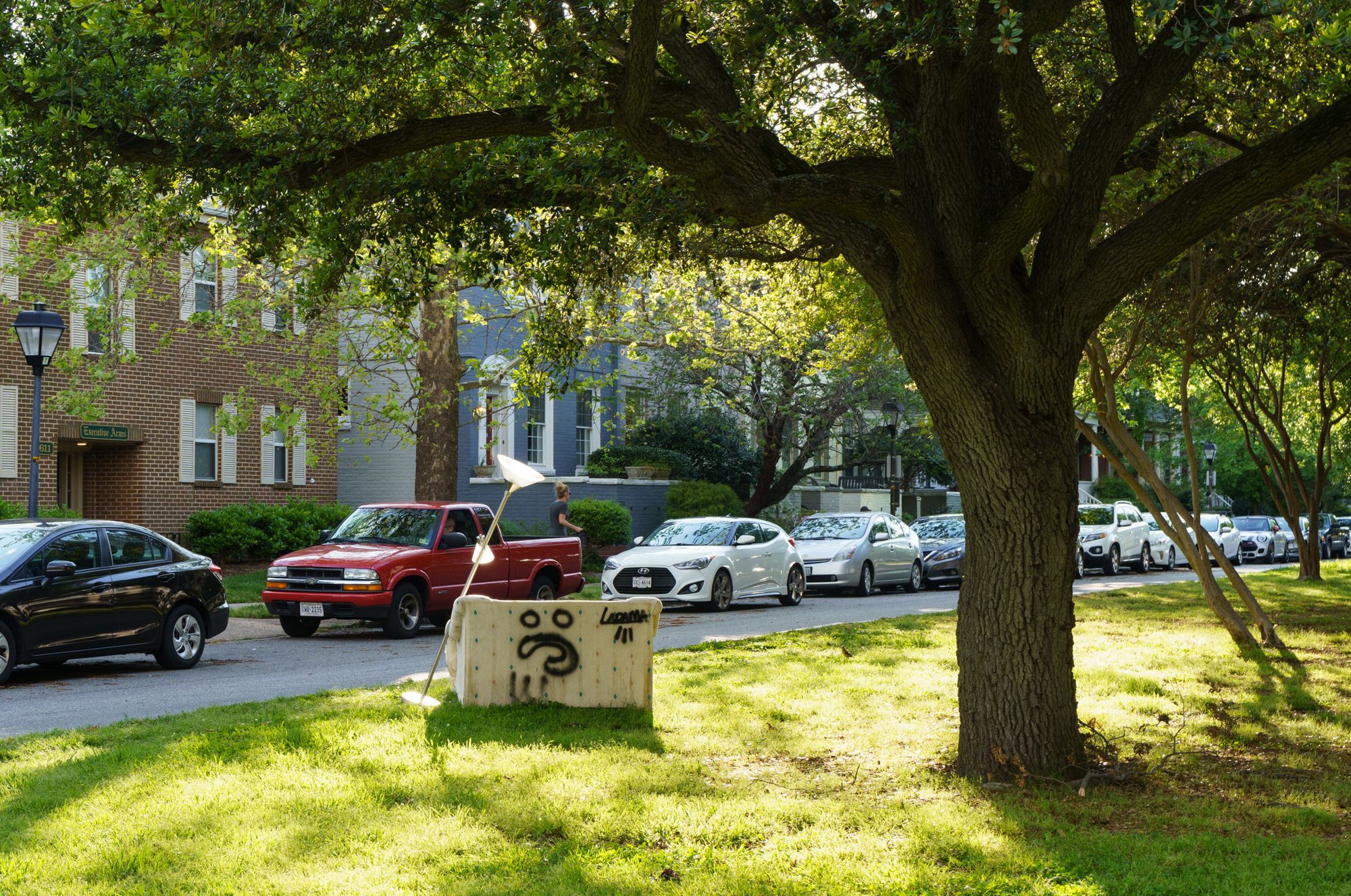
In the era of bar seating (which remains forbidden), I was one customer occupying one seat, but in the new age of outdoor dining, I was one customer occupying at least two, and often four, seats, so, again, I chose days and times and places that, in combination, limited the chance I was costing a business money by taking up more seats than I needed.
Certainly, though, getting out of the house to dine at a restaurant’s outdoor space — changing the scenery, interacting with staff, overhearing others’ conversations, seeing their dogs (if they’d brought them) — all of those things were good for my head.

But of course, many things have changed, from menus, to service, to dining locations.
Some spots, pre-COVID restrictions, had zero outdoor dining space, and thanks to alterations in rules at the state and city levels (and sometimes, assistance from the city of Norfolk), new al fresco dining options were created — in private parking lots, on sidewalks, and on streets.
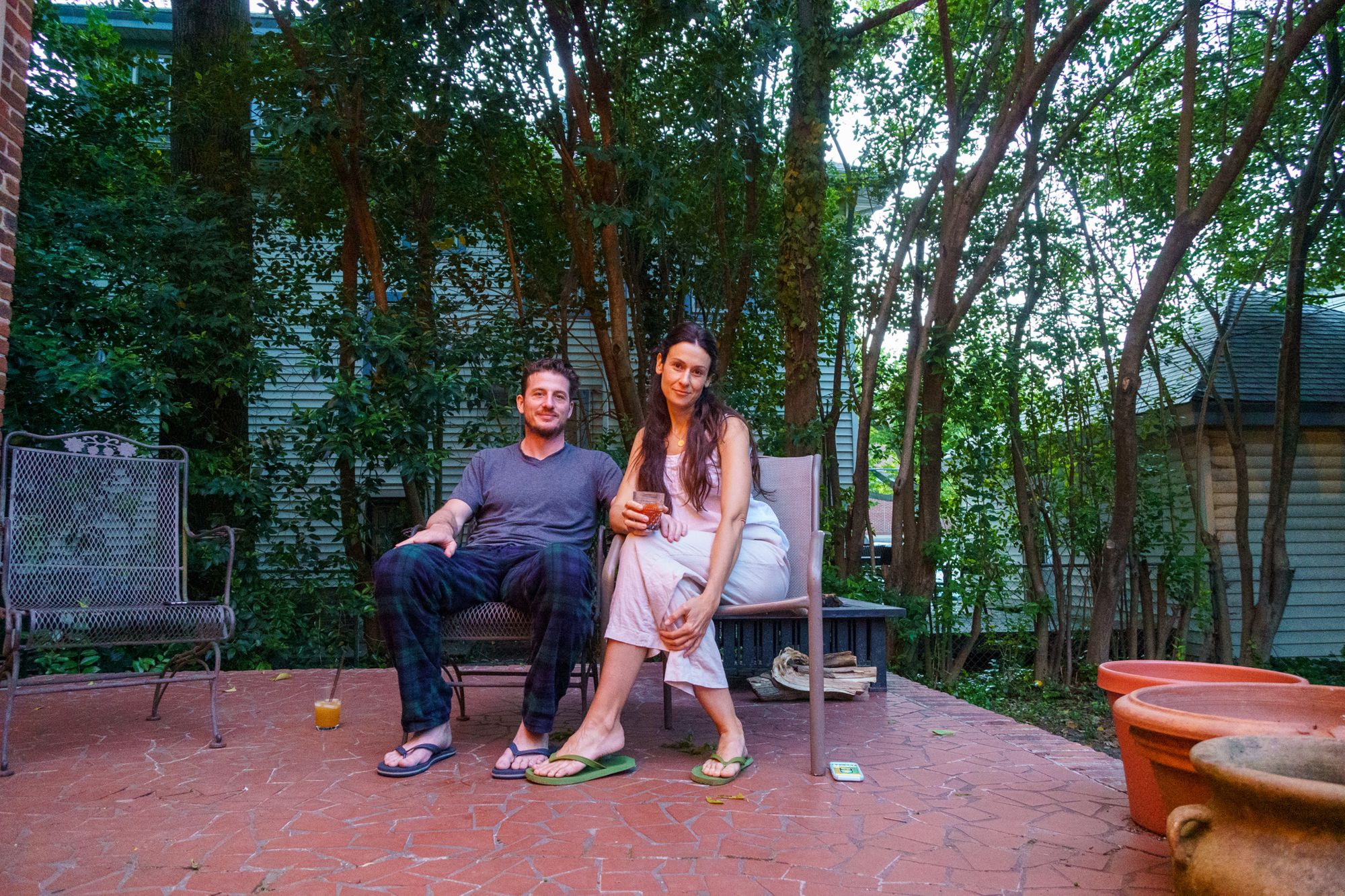
At least one place I used to visit frequently — which was actually fortunate to have a wealth of outdoor dining space — transitioned from a full-service model to operating from a to-go window and serving food on paper products and handing out plastic utensils. For me, that placed in sharp relief what one always knew: Presentation does affect one’s perception of the food, and, truly, using a plastic fork or knife is just not always practical (i.e., they’re too flimsy) or enjoyable. However, I intend that not as criticism, but instead merely an observation, as I understand well that folks have made the changes they feel they must to try to endure to emerge on the other side of this.

Similarly, I know I now give more thought to spending on food that must — either as a result of my caution about the pandemic or the approach a given restaurant has adopted — be consumed as takeout. While entrees in the mid-$20s and up have always, even in the dining-in era, given me some cause for pause, that’s especially true when the item costs the same as it once did, but one no longer gets the enjoyment of the restaurant’s space or staff. Having said that, I hasten to add that I don’t expect restaurants to have trimmed the cost of entrees, inasmuch as their food costs and real estate overhead remain much the same as they were before the pandemic (unless they have very accommodating landlords). While I would say that labor expenses also remain about the same, I know that many places have trimmed staff considerably to try to make the numbers work.

Of course, in the dead of winter, considerations of outdoor dining became mostly moot, though I definitely did some dining outside I’d never have endeavored to do in pre-pandemic times, which necessitated donning a hat and three layers of winter apparel to compensate for the chill when temperatures were anything in the range of what I felt I could manage to endure.
Having said that, I’ve certainly done far more cooking at home in the last year than I otherwise would’ve done, and while the meals are not as elaborate or layered as I would’ve gotten in a restaurant, they’ve also, on balance, been fairly flavorful and pleasing. Ultimately, I’m happy to have come across some recipes that enable me to produce food in substantial, economical quantities, yet is enjoyable to eat and often reasonably nutritious and healthy.

Still, I’ve missed being able to dine out, and given the trajectory of the pandemic and pace of vaccinations, until warmer weather more reliably returns, I don’t expect that to change.
However, overall, I definitely consider myself fortunate, in that I and loved ones have thus far remained healthy, and I have continued to be employed (though the early few months left me probably more concerned about my job than I’d ever been in an extremely long history with the same company).


I’m also grateful for friends who, in normal circumstances, never would’ve sent me mail using the postal service to dispatch a ray of sunshine to try to provide a mental/emotional lift. And I’m also appreciative of friends who checked in with me electronically. Indeed, I feel as if some of my relationships may have been deepened and extended through those text chats, though others may have waned with that as the only method of contact, while others feel as if they have both waxed and waned over the past year.

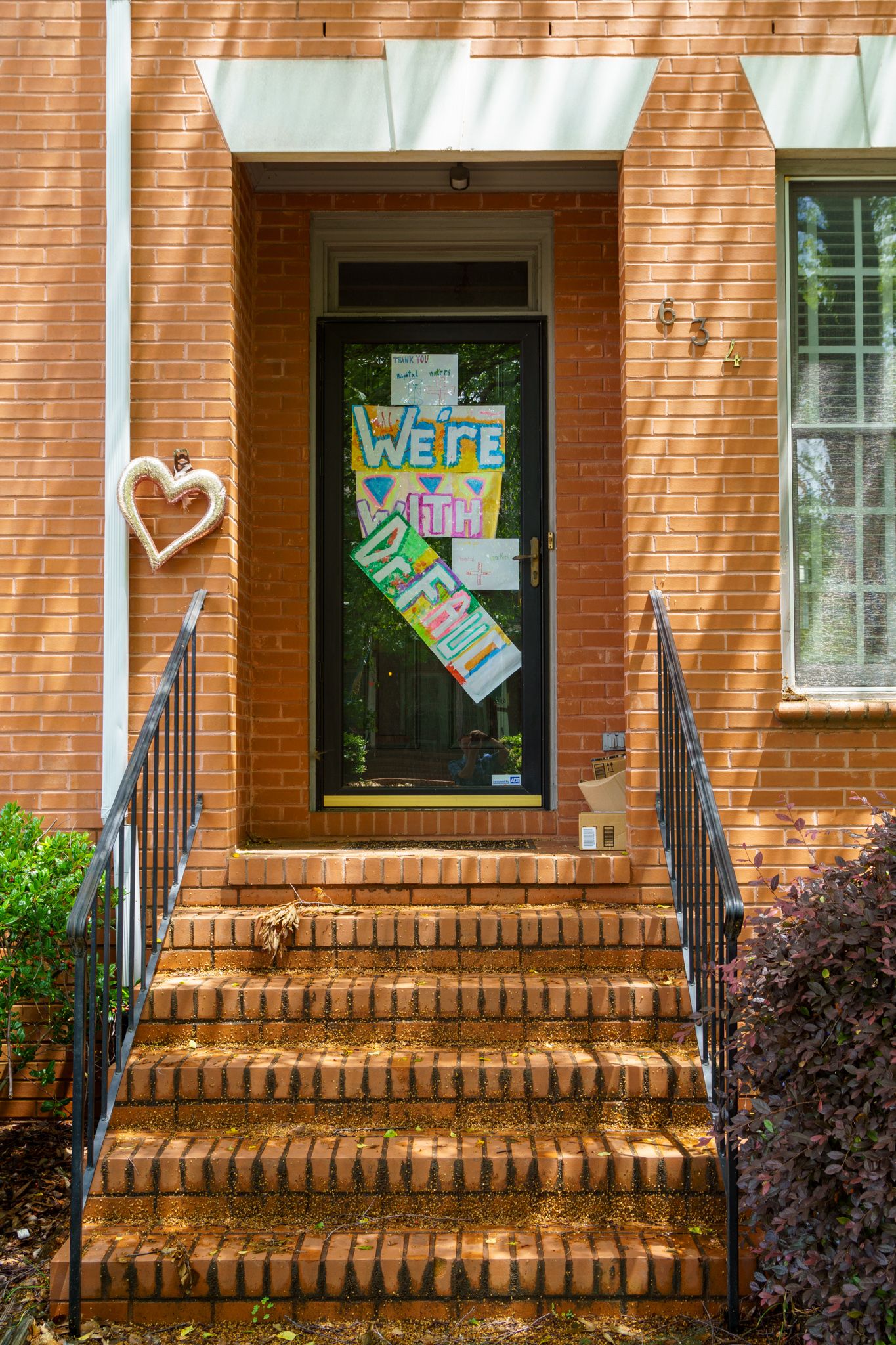
Still, though, living alone, with no pets, in the realities of the present age, particularly in the chillier months, has been quite isolating, though I would still maintain that I’ve held up better than I would’ve anticipated. Though I’ve tried to keep store runs to a minimum, those do provide the added benefit of a change in scenery and some opportunity to be in the presence of others, albeit they’re masked and distanced strangers. But not infrequently, the brief interaction with a cashier would constitute the only in-person interaction I would have on a given day, much like a day when interacting with staff in the course of picking up takeout would be the sole in-person interaction I would have on that day.
Certainly, for the most part, it seems I don’t have the sorts of friends who’ve wanted to talk on the phone or video chat, with a few exceptions, though when those types of interactions — fuller, as they are — have transpired, I’ve generally found them to be more lively and energizing. And I really feel as if I’ve tended to sleep better on the nights following days I’ve gotten to engage in those types of more well-rounded interactions.

Frankly, even porch weather, until the cooler months arrived, had helped keep me in better spirits. And it wasn’t just the plants and the warmer temperatures, but the platform it provided for me to see other humans passing by on the street, and an opportunity to chat with neighbors as they entered and exited the building (and also to chat with my across-the-hall neighbor when she was on her own porch).




Except for the early part of the pandemic, I have continued to visit my parents. Whereas, in the Before Times, our visits were split between my going to visit them at their house and them coming to Norfolk for us to have lunch together at a restaurant, I now see them pretty much exclusively by driving to NC to spend time with them, this as a result of my unwillingness to dine inside a restaurant as of yet. Besides the welcome opportunity to see them, it also gets me into the car and on the road, and since I’ve otherwise traveled beyond Hampton Roads none at all during the pandemic — save for an outdoor family wedding in the summer — it also provides a needed change of scenery.
Other than visits with my parents, my only planned face-to-face moments with others have, since March, consisted of the few and far-between get-togethers with friends that, with one exception, were always completely outdoors and distanced in someone’s yard, a park, or in Toast’s garden area. Most of the people with whom I gathered you can see in these images, which I chose to photograph, in part, knowing I would have little else to look back on in 2020 with respect to shared social moments, since travel, parties, events, and indoor dining (at least for me) have been and remain essentially off the table. But I am extraordinarily grateful to anyone who said yes to an invitation that I extended, or who extended one to me; everyone in that category definitely helped me endure the year in better shape than would otherwise have been so.

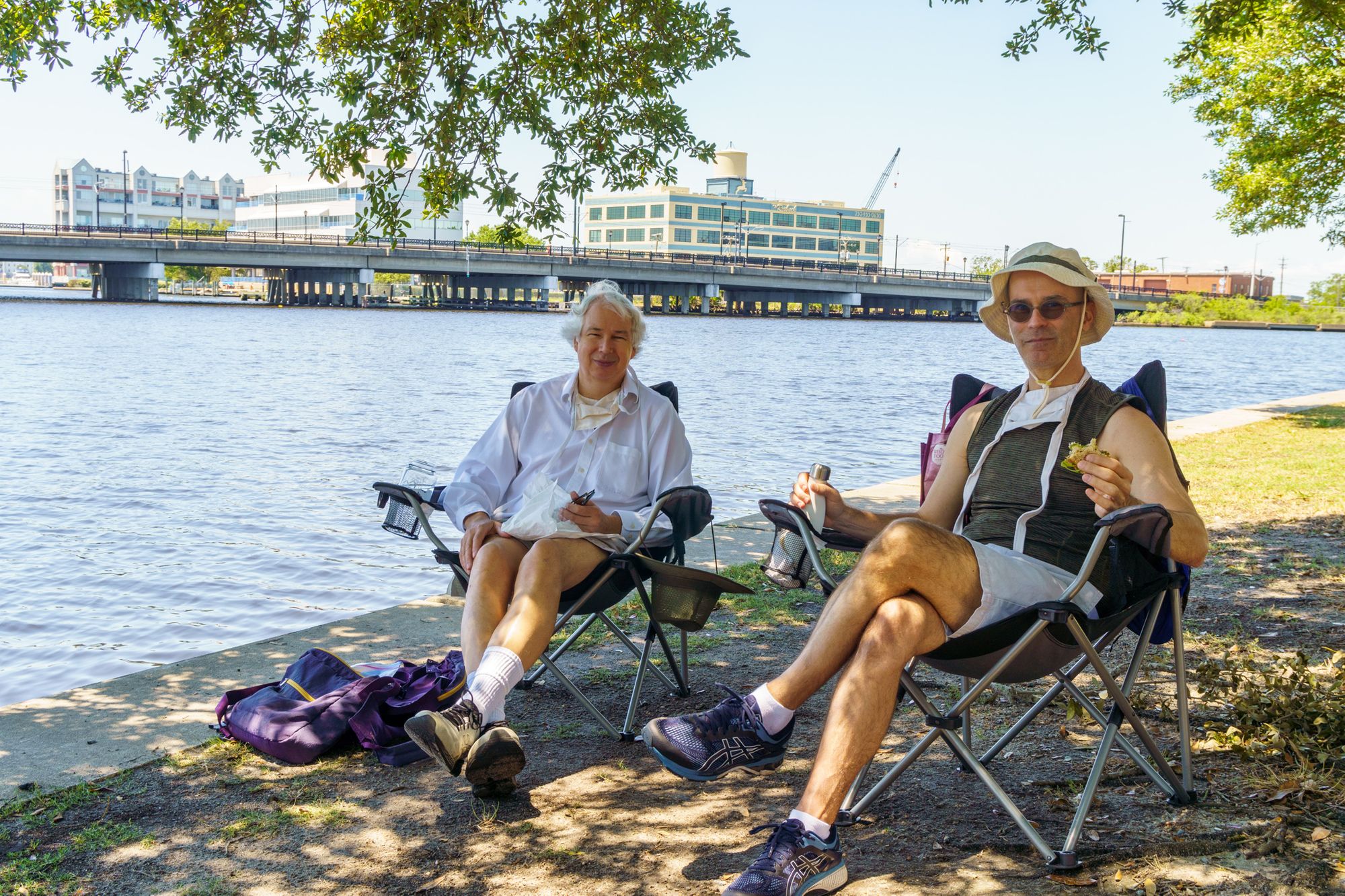
In any event, I embarked upon this project because I knew, at some point, much of this experience would become a distant memory, and I wanted some record of the way I, and the region, experienced it and lived it, which might prove illuminating to someone else at a future date.
Also, frankly, I needed a motivating endeavor to give me some sense of purpose as related to the pandemic and to distract me from the concerns and worries it elicited within me.


At heart, operating within me is a motivation to document, and hopefully that’s achieved with some sense of style that elevates the result to something that’s at least pleasing to look at or read, though I have to admit that even this limited point of view seems somewhat unfinished. Really, truly, since part of the desire was to capture how rules and regulations and life were changing with some degree of rapidity, I should’ve photographed a second time any of the food service folks shown maskless, because shortly thereafter, they were always fully-masked, since any place I have patronized has, in my observation, followed the mandates that were in effect at the time. But truthfully, I don’t get much joy from photographing people in masks, as I just don’t feel one establishes, in that moment, the same level of connection.
In any event, I also chose to take some of these photographs because they — particularly with the chalk drawings and homemade signs — reflected and captured a mood. And of course, the chalk drawings were literally of limited lifespan: here today, gone tomorrow, should the rains come. But some of the drawings and signs, as you will have seen, demonstrated support for Dr. Fauci and healthcare workers, and as I captured those images, I reflected on how insane and remarkable it was that a public servant such as him working in healthcare could ever have become not only controversial, but the subject of death threats and other such atrocious conduct. Having said that, as it would turn out, that would constitute only a small bit of some of the toxic discourse that ran rampant in 2020.
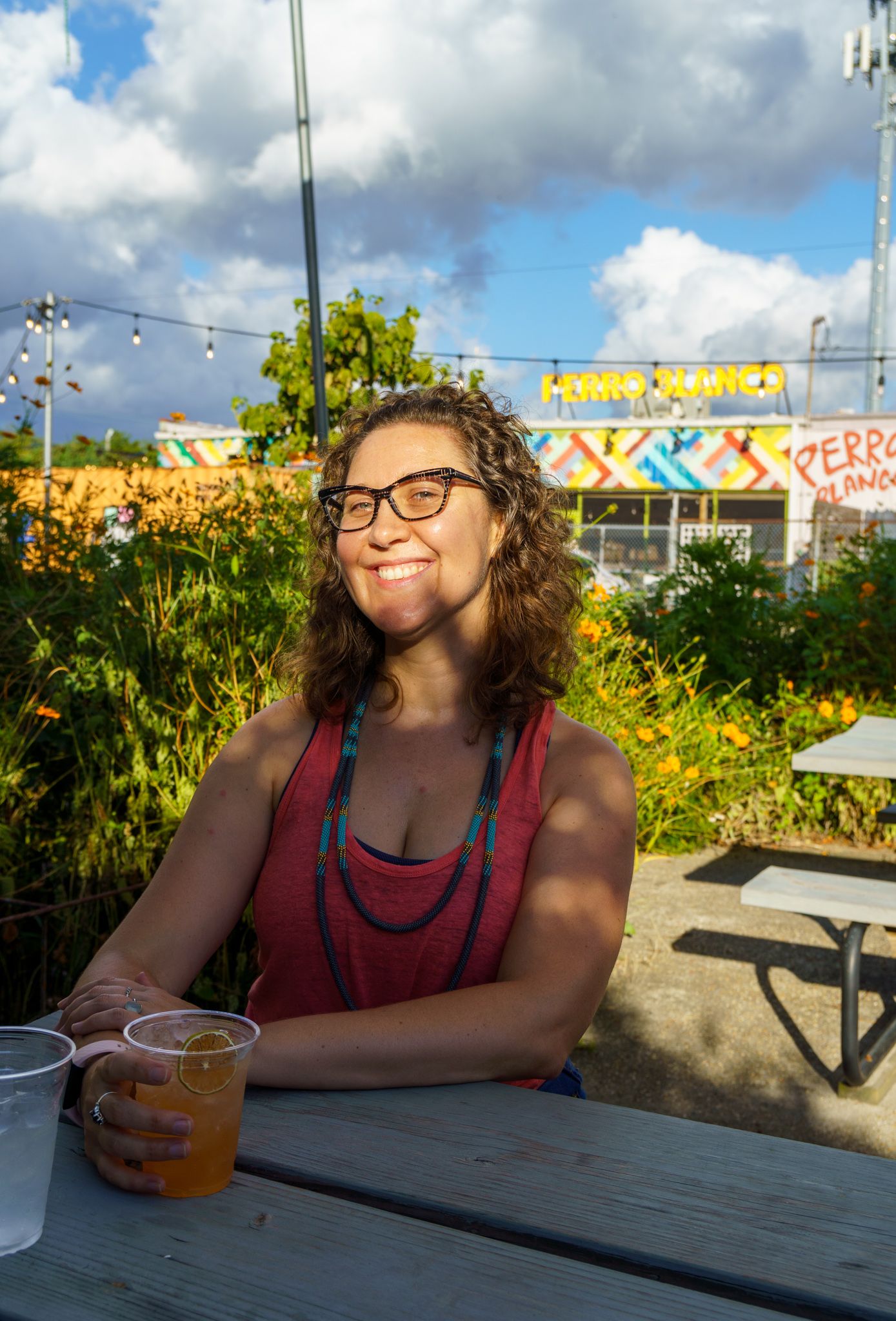
Now nearly a year since the coronavirus crisis began, it is still unclear when it may legitimately be, or feel as if it is, “over,” whatever exactly that may mean. I look forward to getting a vaccine when I’m allowed to do so, though I suspect that that day is two to three months away, at best. And I hope that by the time I get it, the new variants of the virus are not so widespread that it feels as if the value of the vaccine has been considerably lessened. But I have begun to consider the future, in small ways. For example, when would I consider eating inside a restaurant again? For me, I think that will require vaccination, at a minimum, and what beyond that, I’m not sure. Will it require that case counts are low? Will it require the awareness that most locals have been vaccinated? Will it require all of these, or will I ultimately be a little more permissive than I currently expect, for the sake of being able to do something that’s kind and beneficial for my mental and emotional well-being?
While all of that remains unclear at this point, the fact that I’m beginning to consider the rules of engagement for a return to something that looks more akin to the life I once led is perhaps a good sign. Nonetheless, I know that for many, the effects of the crisis will never end, as loved ones lost too soon will leave in their hearts a lasting void. Still others are left to wonder whether they will ever be able to shed their status as COVID long-haulers. For many more still, employment downgraded or vanished may never be fully recoverable, and the economic scars may follow them for much of their lives.

All in all, though, I am aware that I have much for which to be grateful, and indeed I am. Nonetheless, I look forward with eager anticipation to a day when even sensible and prudent people needn’t feel that masks or six feet of distance are necessary for safety’s sake, and that virtual events once again become less common than in-person events (or at least become merely an option or adjunct, instead of the sole opportunity to gather).
May it soon be that we are distanced no more, and that science, medicine, sensibility, well-rounded education, facts, and compassion are restored to rightful places of prominence.
NOTE: Since businesses — especially those in food service — are frequently changing their operations in response to applicable rules and regulations, I would suggest consulting an entity’s social media prior to paying a visit so as to ascertain hours of operation and services provided. I also want to make it clear that any businesses I’ve patronized have, to my awareness, followed any applicable rules as they existed at the time. So, in some of these images, you’ll see some unmasked staff outside; at the time, that was permissible.
